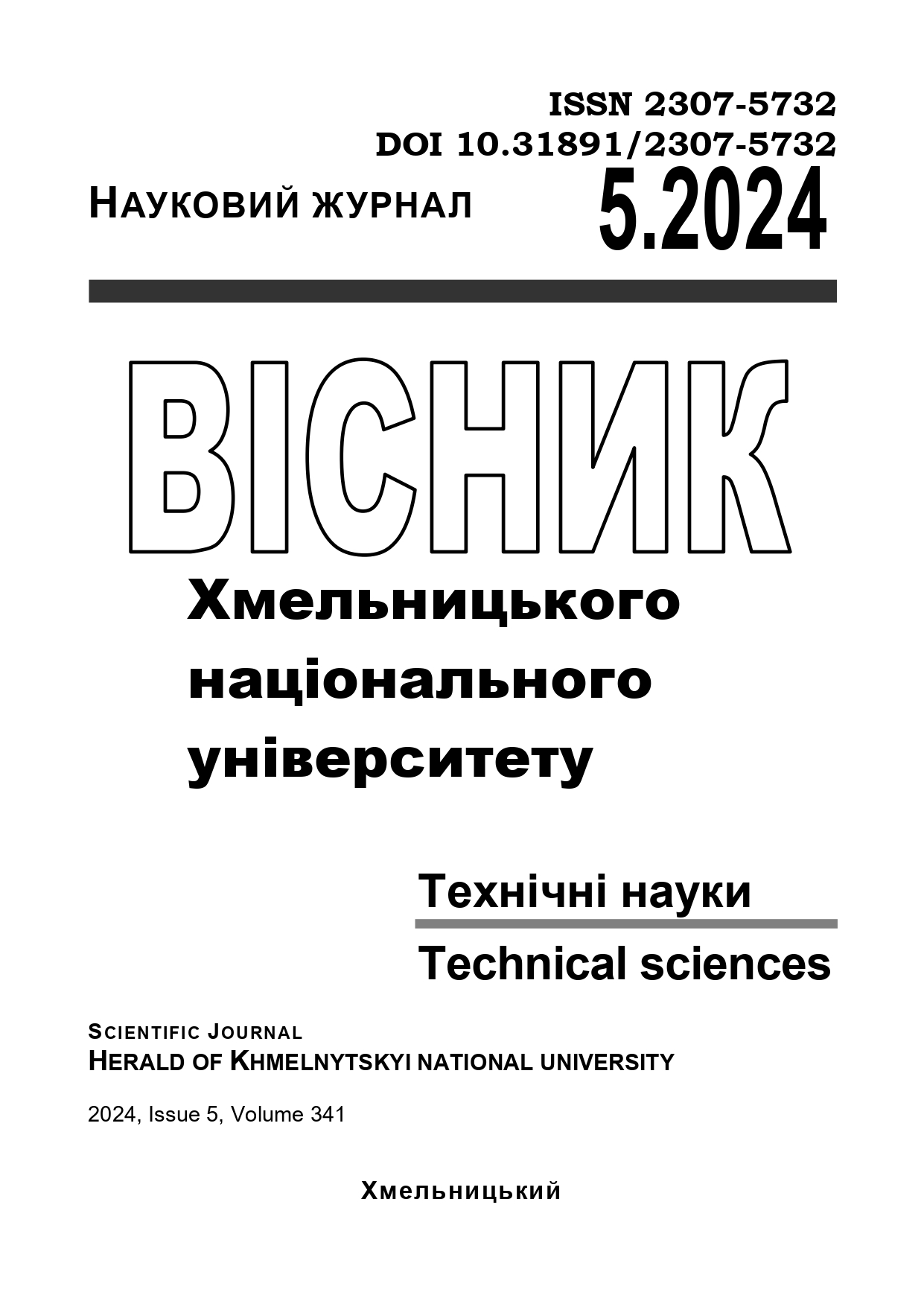MODERN CMOS TEMPERATURE SENSORS
DOI:
https://doi.org/10.31891/2307-5732-2024-341-5-9Keywords:
CMOS sensors, temperature sensors, time domain, calibration, energy efficiency, intelligent sensors, curvature compensation, high accuracy, digital systems, miniaturizationAbstract
The evolution of temperature sensing technologies has reached new heights with the integration of CMOS (Complementary Metal-Oxide-Semiconductor) technology. This article provides an in-depth review of the advancements in CMOS temperature sensors, focusing on their innovative design approaches and technological improvements. These sensors are crucial components in various applications such as automotive systems, healthcare devices, environmental monitoring, and consumer electronics, where precise temperature control is vital.
CMOS temperature sensors have emerged as a response to the limitations of traditional sensors like thermocouples and thermistors. These conventional sensors often fail to meet the high precision, low power consumption, and compactness requirements demanded by modern applications. CMOS technology offers significant advantages, including miniaturization, low power consumption, and seamless integration with digital systems, making it an ideal choice for developing next-generation temperature sensors.
This article explores the various architectural designs employed in CMOS temperature sensors, particularly emphasizing time-domain approaches. Unlike traditional voltage or current-based sensors, time-domain CMOS sensors operate by measuring parameters such as time delays or oscillation frequencies, which vary with temperature. This methodology not only enhances the accuracy of temperature measurements but also reduces the overall power consumption, making these sensors highly suitable for energy-constrained environments. The article classifies these sensors based on their temperature evaluation functions and discusses the various signal types used in time-domain sensing, such as frequency, period, and delay time.
Additionally, the article delves into the integration of curvature compensation techniques in CMOS sensors. These techniques are essential for addressing the non-linear temperature characteristics inherent in semiconductor devices. By incorporating curvature compensation, CMOS temperature sensors can maintain high accuracy across a broad temperature range, which is critical for applications requiring reliable thermal management. The article presents detailed architectural designs and circuit implementations that include curvature compensation mechanisms, supported by experimental data and comparative analyses to demonstrate their effectiveness.
Another critical aspect of CMOS temperature sensors covered in this article is the implementation of advanced calibration algorithms. Calibration is vital for ensuring the accuracy and reliability of temperature measurements over time. The article discusses multi-point calibration techniques and digital compensation strategies that help minimize measurement errors and improve sensor performance.
In conclusion, this article offers a comprehensive review of the state-of-the-art in CMOS temperature sensors, covering their innovative designs, operational principles, and potential applications. It underscores the importance of continuous research and development in this field to meet the growing demands for high-performance temperature sensing solutions in today’s technologically advanced landscape. This review aims to provide valuable insights for researchers, engineers, and industry professionals engaged in the design and deployment of advanced temperature monitoring systems.

